Please note: In September 2019, we updated the DXOMARK Mobile test protocol to cover ultra-wide-angle performance and renamed the protocol DXOMARK Camera. We also expanded our low-light testing and created the new Night sub-score, which incorporates the previous Flash score. We have retested this device using the new Wide and Night test protocols and updated the scores in this review, but we have not changed the text from the original review. For more information, please see the articles about our new Wide and Night test protocols.


Samsung Galaxy S9+ camera review (originally published March 1, 2018)
The Samsung Galaxy S9+ is the latest model in the Korean manufacturer’s Galaxy S line of high-end smartphones. It comes with a similar dual-camera setup as the Galaxy Note 8, but adds a variable-aperture lens on the main camera. In dim conditions, the camera uses a very fast f/1.5 aperture to maximize light capture. In brighter light, it switches to a slower f/2.4 aperture value for optimized detail and sharpness. Add a 2x optical zoom on the secondary camera and a super-slow-motion video mode into the mix, and the S9+ offers one of the most comprehensive smartphone imaging feature sets available today. Read our full report to find out how the camera performed in our DxOMark Mobile test.
Key camera specifications:
- 12Mp main camera with 1/2.55″ sensor and f/1.5 / f/2.4 variable aperture lens
- 12Mp secondary camera with 1/3.6″ sensor, 2x tele and f/2.4 aperture lens
- OIS for both lenses
- Dual-pixel PDAF on main camera
- LED flash
- 4K video at 60fps
- 720p super-slow-motion video at 960 fps
About DxOMark Mobile tests: For scoring and analysis in our smartphone camera reviews, DxOMark engineers capture and evaluate over 1500 test images and more than 2 hours of video both in controlled lab environments and in natural indoor and outdoor scenes, using the camera’s default settings. This article is designed to highlight the most important results of our testing. For more information about the DxOMark Mobile test protocol, click here. More details on how we score smartphone cameras are available here.
Test summary
With an overall DxOMark score of 99 points, the Samsung Galaxy S9+ takes the number one spot in our Mobile ranking, edging out the Google Pixel 2 by just one point. The S9+ comes with a camera that hasn’t got any obvious weaknesses and performs very well across all photo and video test categories. The Photo score of 104 points is the best we’ve seen so far. At 91 points the video score is a little lower but still among the best, making the new Samsung an ideal choice for any mobile users who want the best possible still image quality without compromising on video.
Bright light
The Samsung Galaxy S9+ camera produces excellent results in good light and sunny conditions. Colors are bright and vivid and exposures are good, with a very wide dynamic range. Samsung has also struck a very good balance between noise reduction and retention of detail. The levels of fine detail are not up with the very best, but fine textures are still rendered nicely and image noise management is outstanding, with very limited grain in blue skies and other areas of plain color. The autofocus isn’t the very fastest we have tested, but it’s more than fast enough not to be an issue for any user. It is also reliable and generally produces repeatable results, although we did find the occasional out-of-focus image among the hundreds of sample images captured during our testing.
The S9+ camera does not have any serious weaknesses, but if there is one point to criticize, it’s artifacts. Bright-light images show purple fringing on high-contrast edges and pretty noticeable ringing halos. The corners are also a little softer than the center, and we have seen some slight blue or pink color casts in bright light. These are fairly minor issues, however, and overall, the Galaxy S9+ is an excellent bright-light performer.
Low light and Flash
The Samsung’s performance in dimmer conditions is equally impressive. As you’d expect, there is a reduction in fine detail as the camera has to increase sensitivity and/or use multi-frame stacking technology to adapt to lower light levels, but the S9+ keeps an excellent balance between noise and detail across all light levels. Exposure is also good down to very low light. Only at our very darkest 1 Lux test scene is a slight underexposure noticeable, but that’s no different than for most of the Samsung’s direct competitors. Some minor color shading also becomes visible in low-light shots, but it’s most noticeable in our studio test chart shots and very difficult to detect in any real-life shots.
When the light is too low to shoot without any illumination, the Galaxy S9+’s LED flash can be a useful emergency option. Flash images show good exposure and the same good detail/noise trade-off as non-flash images. The auto white balance system also produces fairly accurate results, and the only real drawback of using the flash in portraits is the camera’s tendency to produce a red-eye effect.
Zoom and Bokeh
With a similar dual-camera setup as our current leader in the zoom category, the S9+’s stablemate Galaxy Note 8, it’s no surprise that the new model is capable of achieving excellent results when zooming in. Resolution and detail are quite impressive up to a 4x zoom factor. In addition, the Samsung’s zoom images are noticeably cleaner than those of the direct competitors.
In the comparison below, you can see that the S9+ achieves better detail, with fewer artifacts and lower levels of noise at a 4x zoom factor, than the Apple iPhone X. The Google Pixel 2 performs admirably for a single-lens camera, but without a dedicated tele-lens, it cannot compete with the Samsung and Apple models.
Thanks to the dual-camera setup, the Galaxy S9+ also produces nice “bokeh-simulation” images. Blur extends not only to the back of a scene but also to the foreground, and both blur strength and transitions create a pleasant look. Subject isolation is good as well, but under closer inspection, some minor segmentation artifacts tend to be visible around the foreground subject, and dynamic range is a little more limited in bokeh mode than in standard shooting mode.
Photo scores explained
With a total photo score of 104, the Samsung Galaxy S9+ achieves the highest score for still images in our testing yet. The overall Photo score is calculated from sub-scores in tests that examine different aspects of its performance under different lighting conditions. In this section, we’ll take a closer look at these image quality sub-scores.

Exposure and Contrast
Samsung Galaxy S9+
91
The Samsung Galaxy S9 Pus camera delivers good target exposure in all light conditions, down to very low light. Thanks to an efficient Auto HDR system kicking in when needed, dynamic range is very good as well. The Samsung’s only only downside in terms of exposure are slight exposure variances when taking a series of images of the same scene. At 91 points, the Galaxy S9+ achieves an excellent score in this category, but the aforementioned variances are the main reason it does not quite match the Google Pixel 2’s 95 points.
You can see a dynamic range comparison among the Galaxy S9+, the iPhone X, and the Google Pixel 2 in the samples below. The Samsung achieves the widest dynamic range — especially noticeable in the highlight areas of the frame, where a lot of detail is preserved. In some scenes the effect can be very strong, however, resulting in a slightly unnatural look. This, however, is pretty much a question of personal preference.
The Galaxy S9+ deals very well with difficult high-contrast scenes, such as the backlit window shot below. The camera manages to strike a very good balance between exposing the foreground well and maintaining a good amount of detail in the brighter background.
The test chart shot below was captured at an extremely low light level of 1 Lux. The Galaxy S9+ image is slightly underexposed, but is still very much usable and in line with most direct competitors for these light conditions.

Color
Samsung Galaxy S9+
81
The Samsung Galaxy S9+ camera generally delivers good color in all shooting conditions. Some points are deducted for occasionally visible slight pink or blue color casts in outdoor scenes, caused by the auto white balance system. The color responses of the three cameras in our comparison below are fairly similar, and the differences are mainly due to variance in exposure.
Color shading is pretty much a non-issue on the Samsung and is noticeable only in some low-light shots, such as our 20 Lux tungsten studio chart capture below on the right. Even under close inspection, no color shading is evident in bright-light shots, such as the outdoor scene on the left.

Autofocus
Samsung Galaxy S9+
91
The Galaxy S9+ autofocus system is not the very fastest we have tested, but close to the best, and also produces very repeatable results. That said, we did find the occasional out-of-focus image in our samples in all light conditions. The chart below shows the Samsung’s autofocus performance in low light (20 Lux). Both the level of acutance and the focusing time are very consistent for short and longer delays between refocusing.

Texture
Samsung Galaxy S9+
67
Texture and noise are heavily interlinked, which is why it makes sense to look at the two test criteria in conjunction. And it’s fair to say that for the Galaxy S9+, the Samsung camera engineers have found an excellent compromise between detail retention and noise reduction. Detail is generally rendered nicely, but under close inspection, some finer textures are noticeably smeared and blurred by noise reduction. Noise levels are low in bright light and low-light conditions alike, however, and the overall trade-off is very good.
In the 1000 Lux comparison crops below, we can see that the Samsung Galaxy S9+ captures very good detail but lags very slightly behind the class-leading Google Pixel 2.
At a low light level of 20 Lux, the Samsung captures the cleanest picture of the comparison, but levels of detail and fine textures are again a touch higher on the Google device.

Noise
Samsung Galaxy S9+
79
At 79 points, the Samsung Galaxy S9+ achieves the best score for noise of all devices we have tested so far. As you can see in the sample crops below, in bright light at 1000 Lux, the Samsung image is noticeably cleaner and smoother than the Apple and Google counterparts. The S9+ maintains its noise advantage across all light levels, and the 5 Lux image in the bottom row is impressively noise-free, considering the dim conditions. Both the iPhone X and the Google Pixel 2 capture noticeably grainier images. On the downside, the Samsung’s aggressive chroma noise reduction can erase some fine color details.

Artifacts
Samsung Galaxy S9+
62
Image artifacts on the Galaxy S9+ are by no means terrible, but the artifacts category is the device’s weakest point in our testing. Purple fringing on high-contrast edges close to saturation and ringing halos are quite noticeable when zooming in to a 100% view. Images also display slight corner softness, vignetting, and flare. The latter two are fairly minor imperfections, however, and not noticeably worse than for other devices in this category.

Flash
Samsung Galaxy S9+
86
The Samsung Galaxy S9+ camera is capable of capturing good flash images, with a good detail/noise trade-off, decent exposure, and generally decent white balance. Slight variance in exposure is noticeable between individual frames when shooting a series of flash images, and slight color casts can be noticeable when mixing flash illumination with low 5 Lux tungsten light. Sometimes a red-eye effect is visible, too, but overall, the Galaxy S9+ performs very well when shooting with the LED flash activated.

Zoom
Samsung Galaxy S9+
65
The Samsung Galaxy Note 8 is our currently best-performing smartphone in the zoom category, and the Galaxy S9+ performs pretty much on the same level as its larger stablemate. Zoom resolution is quite impressive up to a 4x magnification factor, making the new Samsung an excellent choice for those who make frequent use of their smartphone camera’s zoom feature. The only negative point is some small variance in terms of detail between shots taken in succession at higher zoom ratios.
As you can see in the sample crops below, the Galaxy S9+ zoom images compare very well against the high-end competition from Apple and Google. The S9+ image is noticeably the sharpest and most detailed in our comparison.
Results are very similar for the long-range (approximately 6x zoom factor) real-life shots below. The Samsung comes with a dual-cam setup similar to that of the iPhone X, but still manages to squeeze visible more detail out of the scene. With its single-lens camera, the Pixel 2 cannot compete with the other two models.

Bokeh
Samsung Galaxy S9+
50
In its portrait or bokeh mode, the Galaxy S9+ is capable of capturing images that simulate the “DSLR-look” quite well. Unlike some of its competitors, the Samsung’s portrait mode images show pleasant blur with smooth transitions that also extend to the foreground of the scene. On the downside, some segmentation artifacts are often visible around finer elements of the foreground subject, and there is a strong loss of detail in indoor and low-light conditions. The latter is very visible in the sample below if you click through to the full-sized version.
Detail is noticeably better when using the mode in bright-light conditions, but some segmentation artifacts, such as the ones around the hand of our subject below, remain.
Video scores explained
The Samsung Galaxy S9+ achieves a Video score of 91 points, making it one of the best smartphones for videography we have tested. The overall Video score is calculated using a range of sub-scores to give us some indication of the device’s pros and cons for shooting moving images: Exposure (83), Color (88), Autofocus (87), Texture (50), Noise (74), Artifacts (80), and Stabilization (86).
Unlike for stills, the S9+ is not the number one for video, but still delivers very good sub-scores all around. Its bright and vivid colors are the best for all devices tested in video mode; target exposure is good, with fast convergence in changing light conditions; and the autofocus system works reliably and swiftly in all situations. Testers also liked the stabilization; and as with stills, efficient noise reduction is one of the camera’s strong points.
On the downside, fine detail in video footage isn’t on the same level as the very best, and ringing and moiré artifacts are often visible. We also noticed occasional stepping during exposure convergence in changing light levels, and the stabilization system isn’t quite capable of eliminating all motion and shaking when walking with the camera while recording.
Conclusion: Samsung sets the pace
The Samsung Galaxy S9+ is a smartphone without any real weaknesses in the camera department. In both still and video modes, it performs well across the board, delivering consistently good photo and video image quality in all light and shooting situations, thus earning itself our highest DxOMark Mobile score to date. Add one of the best smartphone zooms and a capable bokeh simulation mode to the mix, and the Galaxy S9+ is difficult to ignore for any photo-minded smartphone user. With the Galaxy S9+, Samsung is setting the pace for 2018. We’ll see if the competition can follow suit.
Pros
- Noise is very well-controlled in all conditions
- Fairly good detail in outdoor and indoor shooting conditions
- Quite fast and accurate autofocus
- Bright and vivid colors in most situations
- Excellent resolution when zooming up to 4x magnification
Pros
- Brights and vivid colors
- Generally good target exposure and fast exposure transition
- Stable and fast autofocus
- Good noise reduction all conditions
- Good stabilization
Cons
- Occasional exposure instabilities
- Noticeable ringing, color fringing, and loss of sharpness in the field
- Slight color casts occasionally noticeable
Cons
- Occasional visible stepping during exposure convergence
- Loss of fine details in most conditions
- Visible residual global motion
- Quite strong ringing and moiré


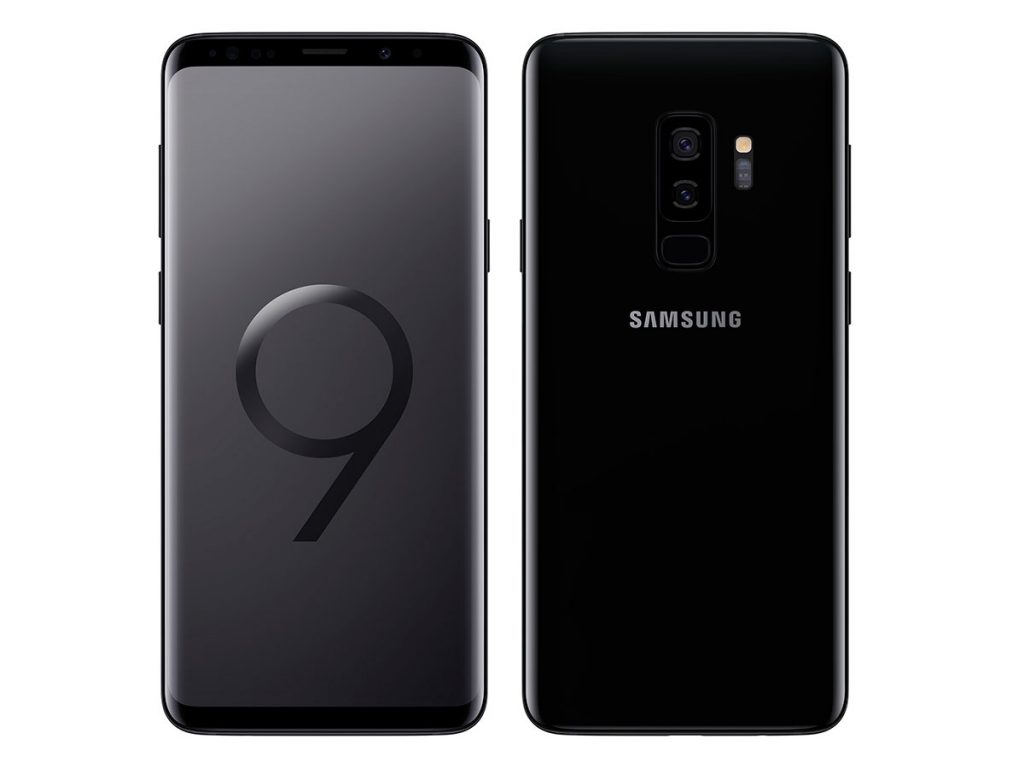


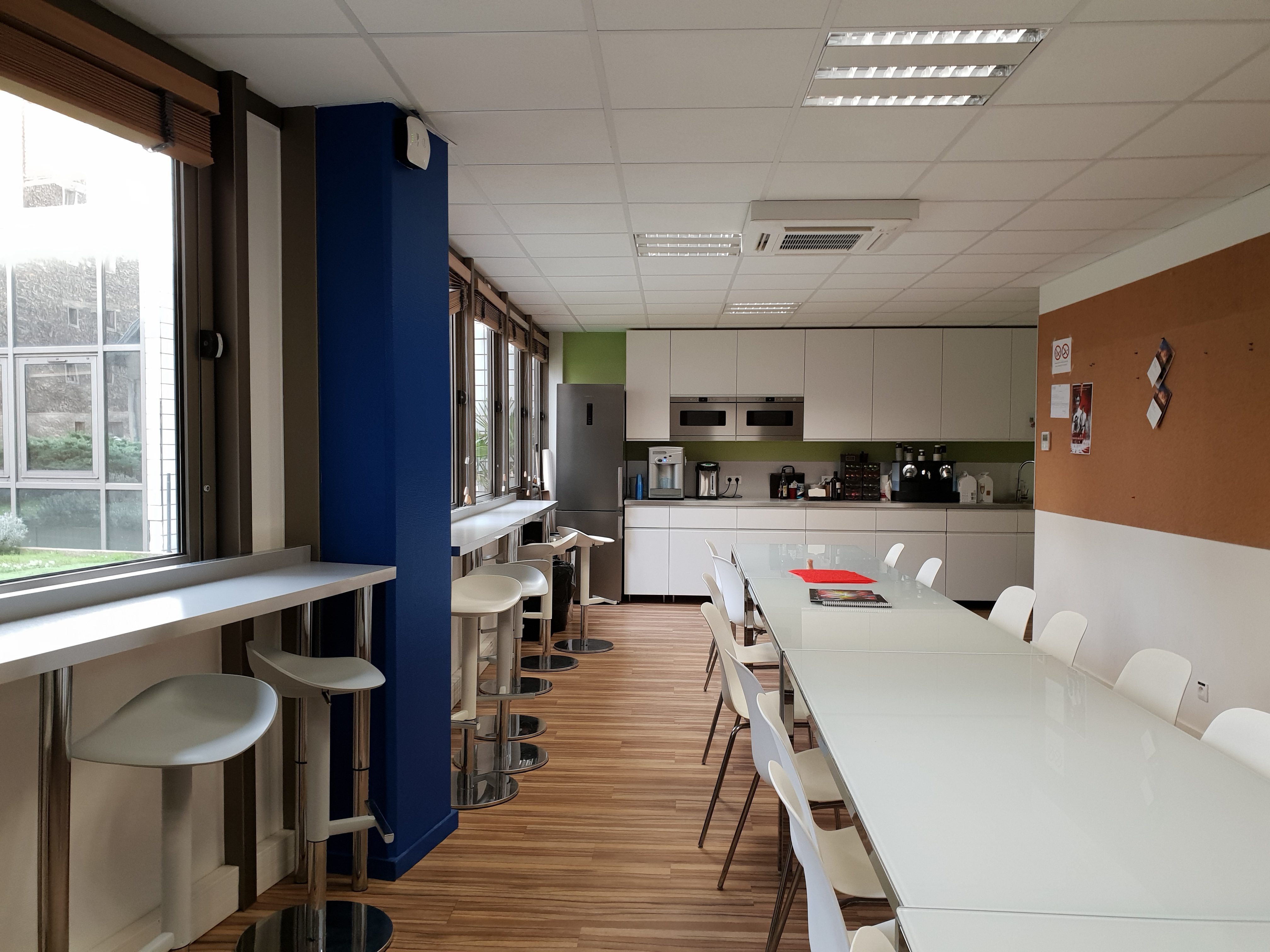
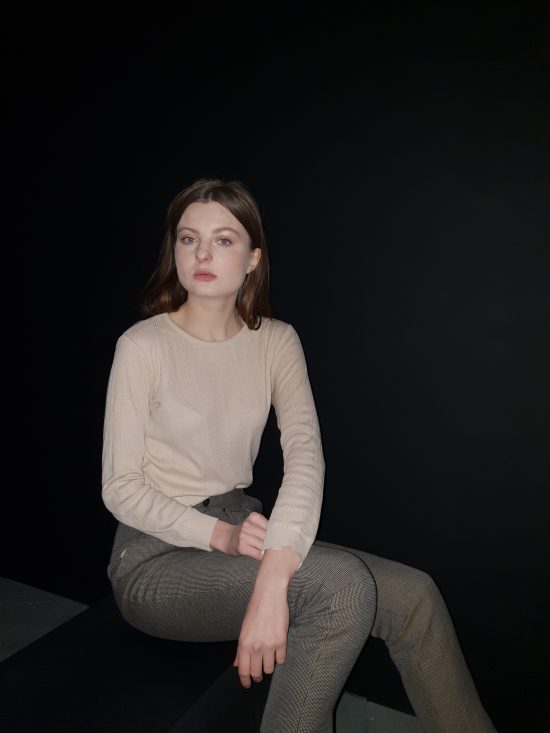
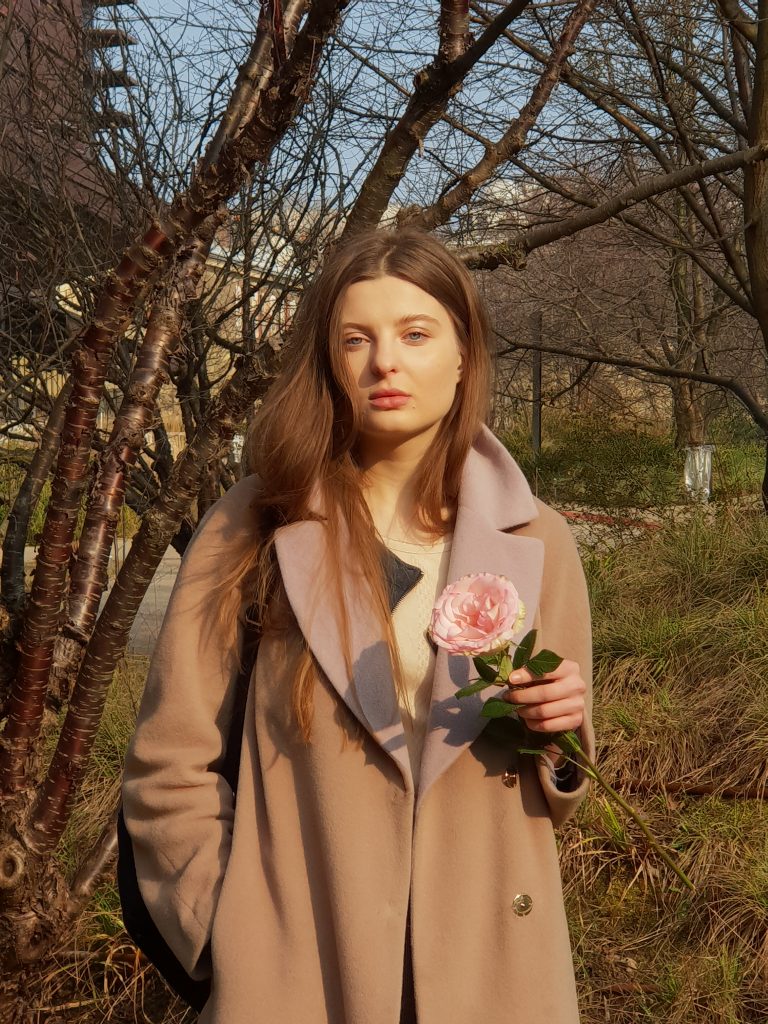

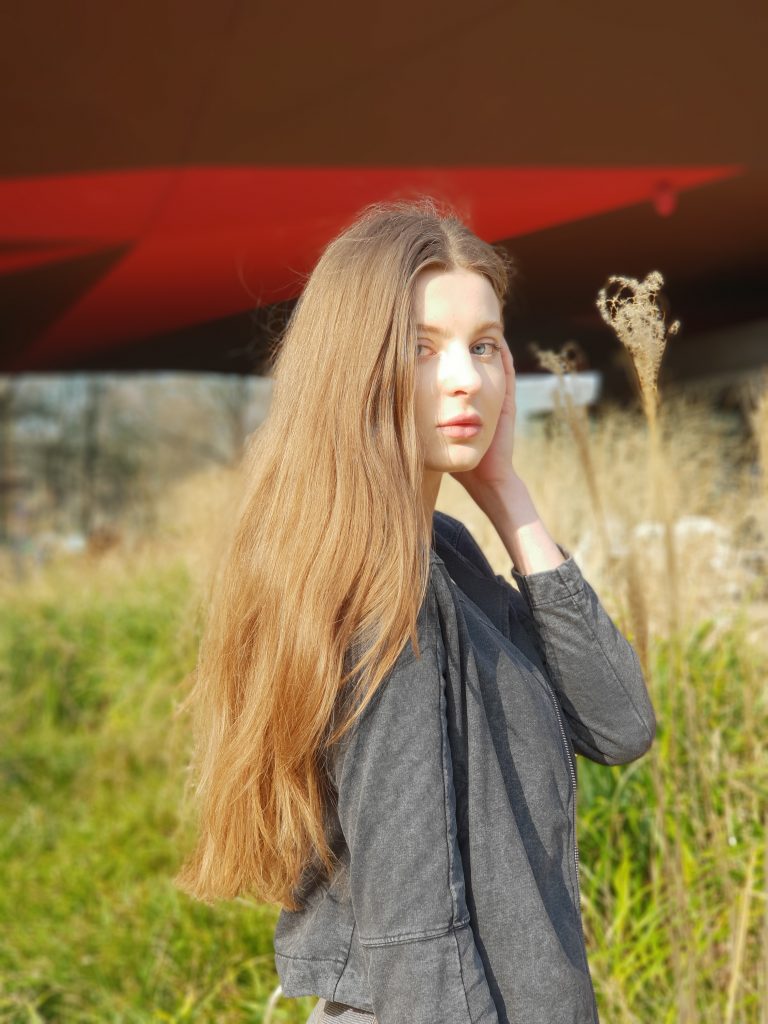

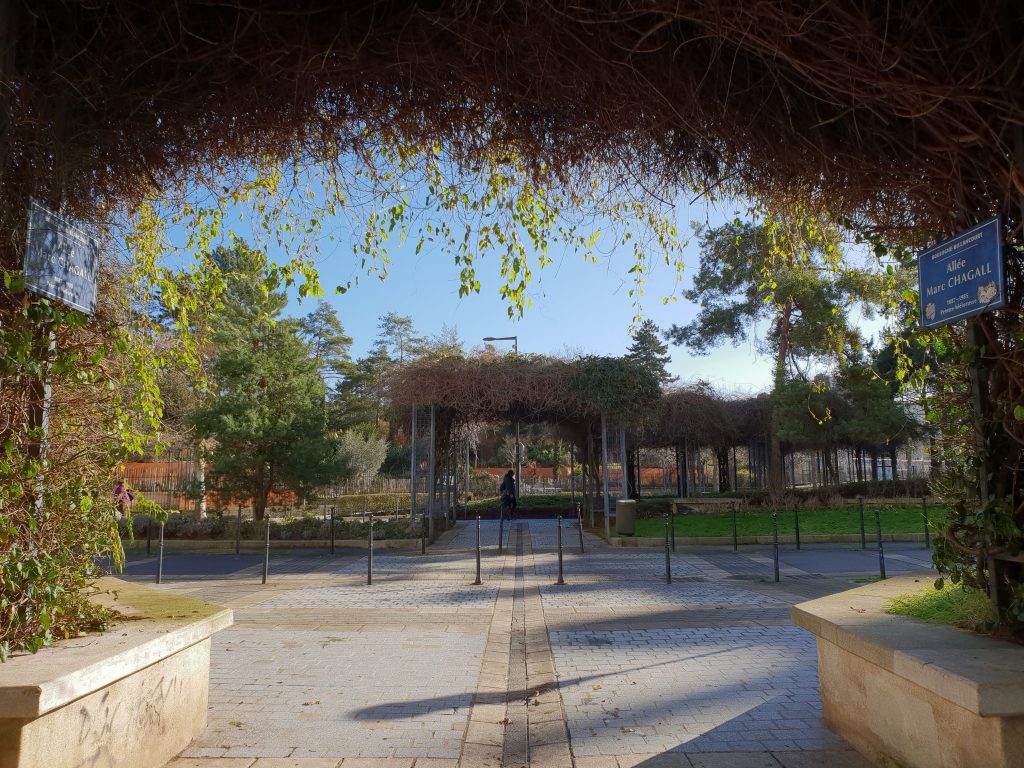
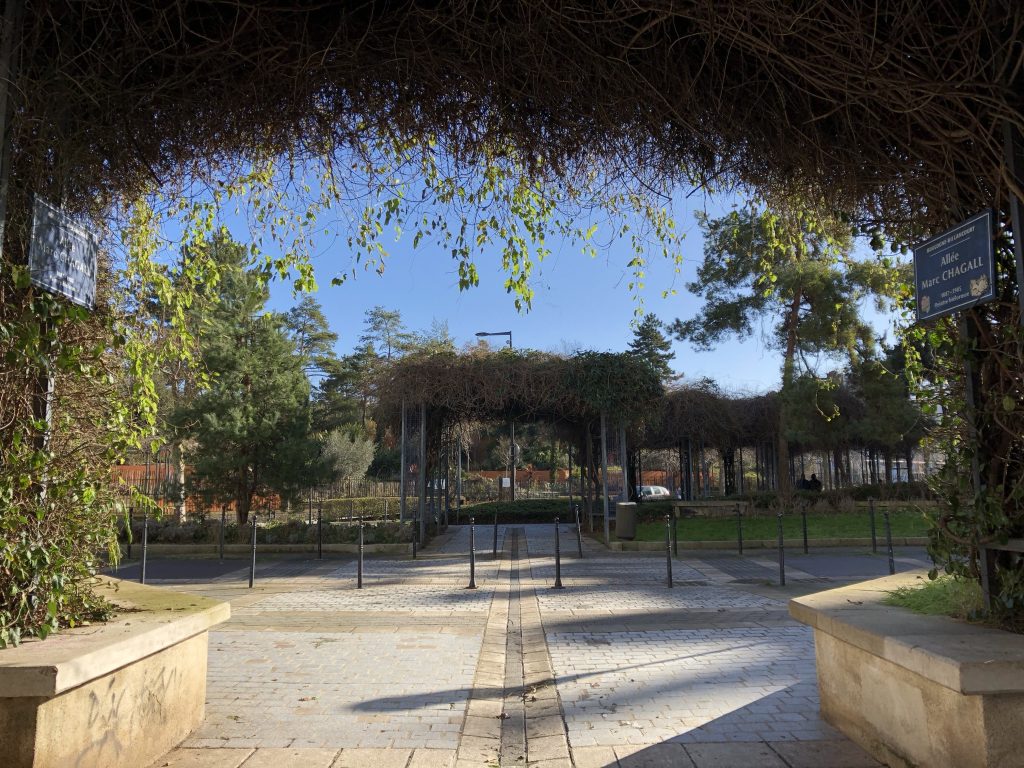
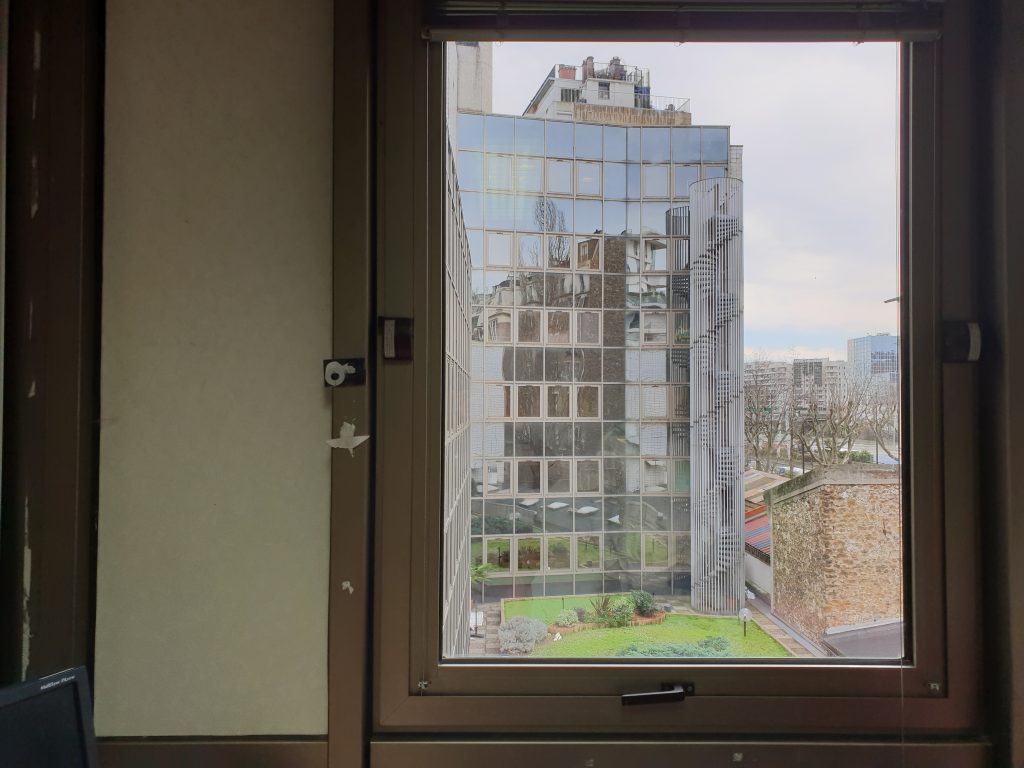
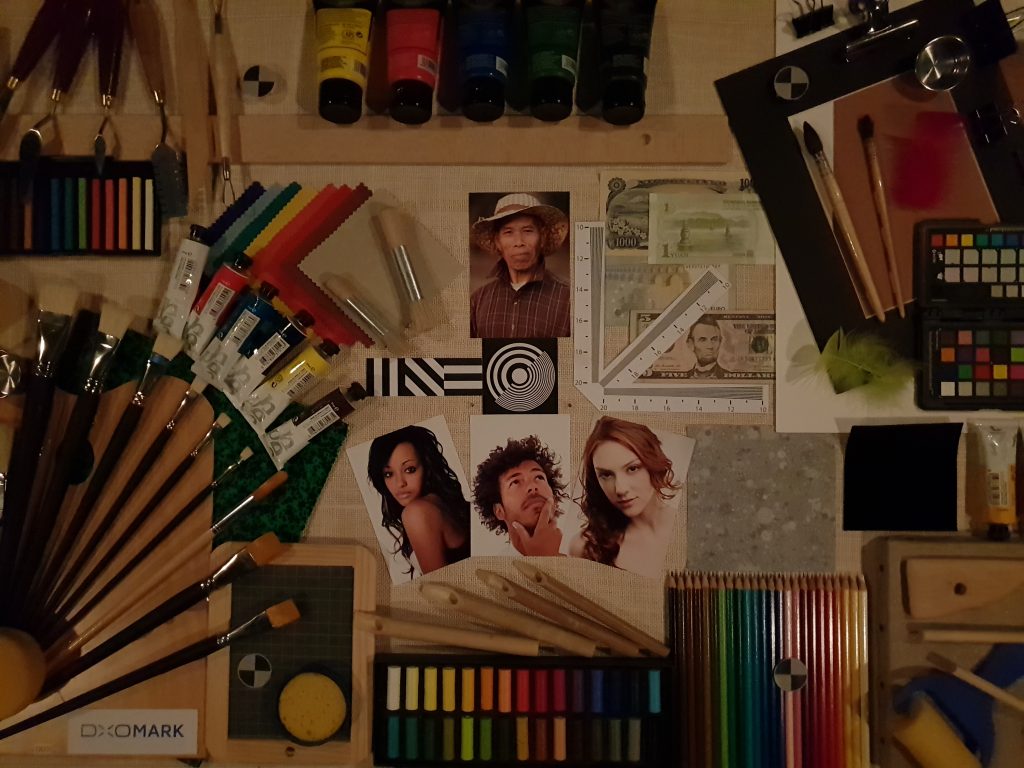
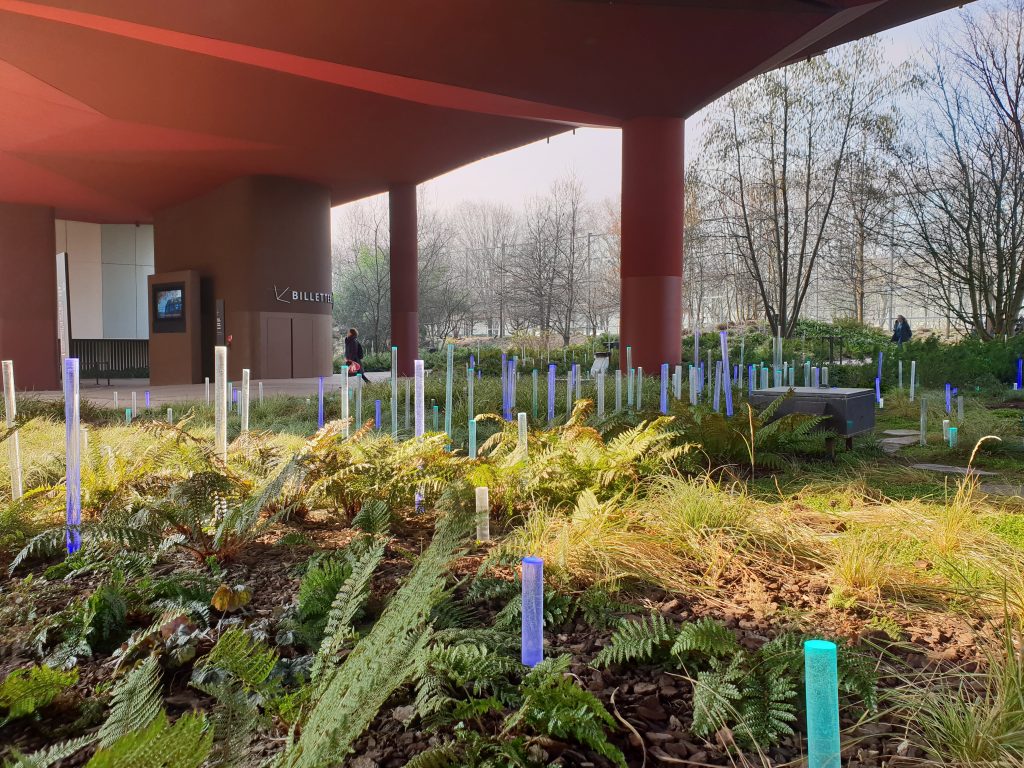
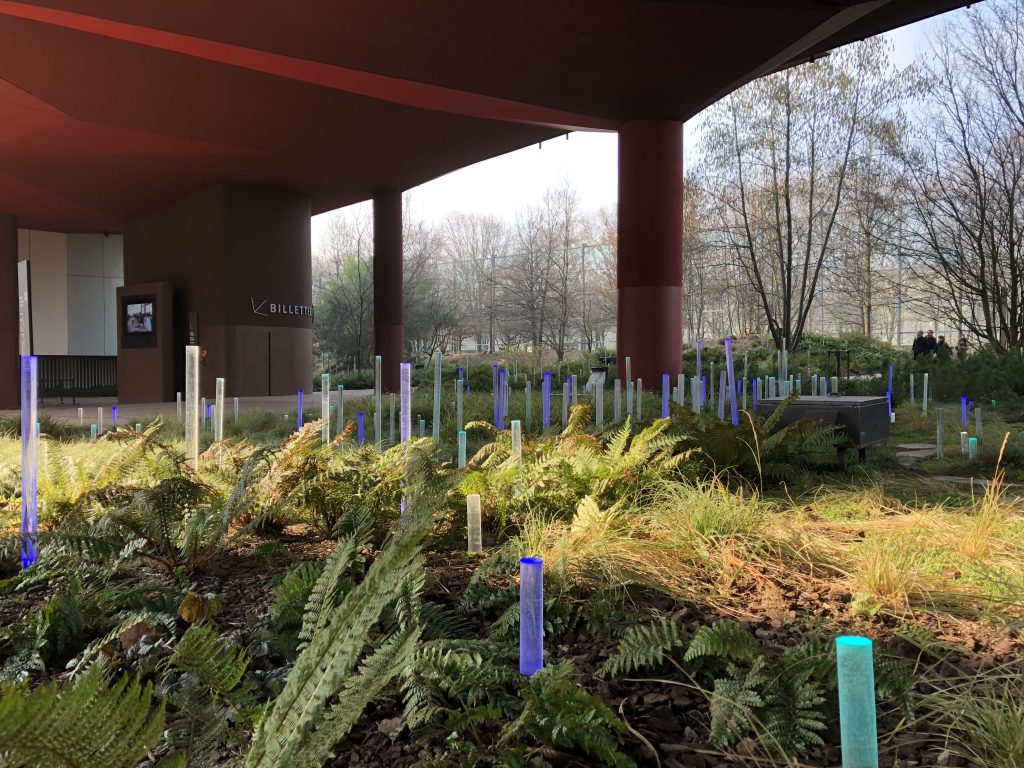

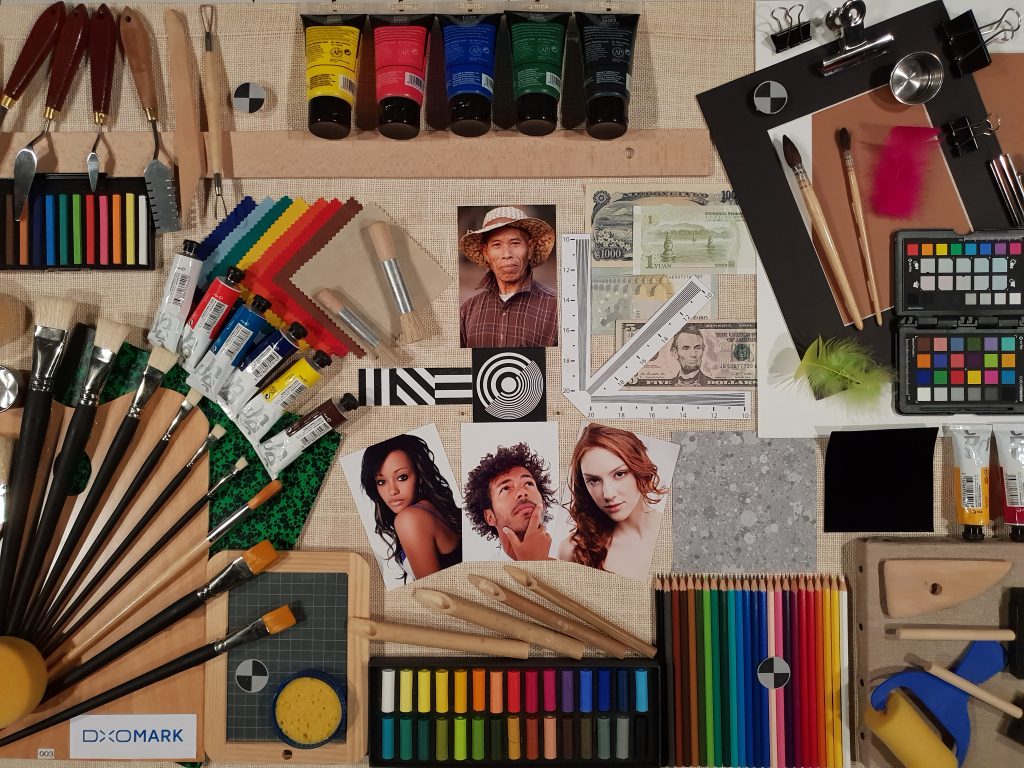
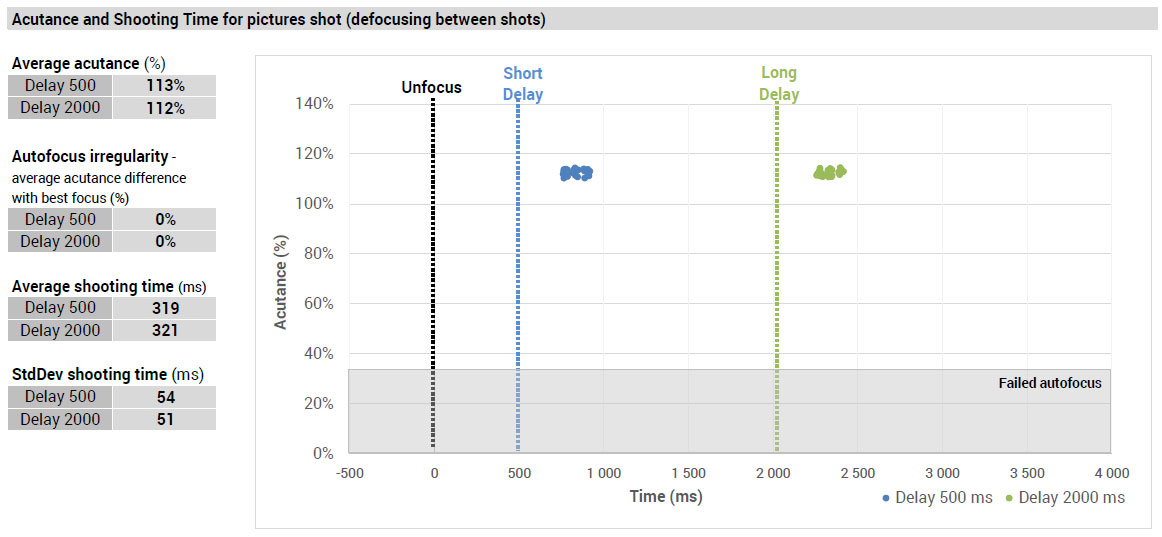
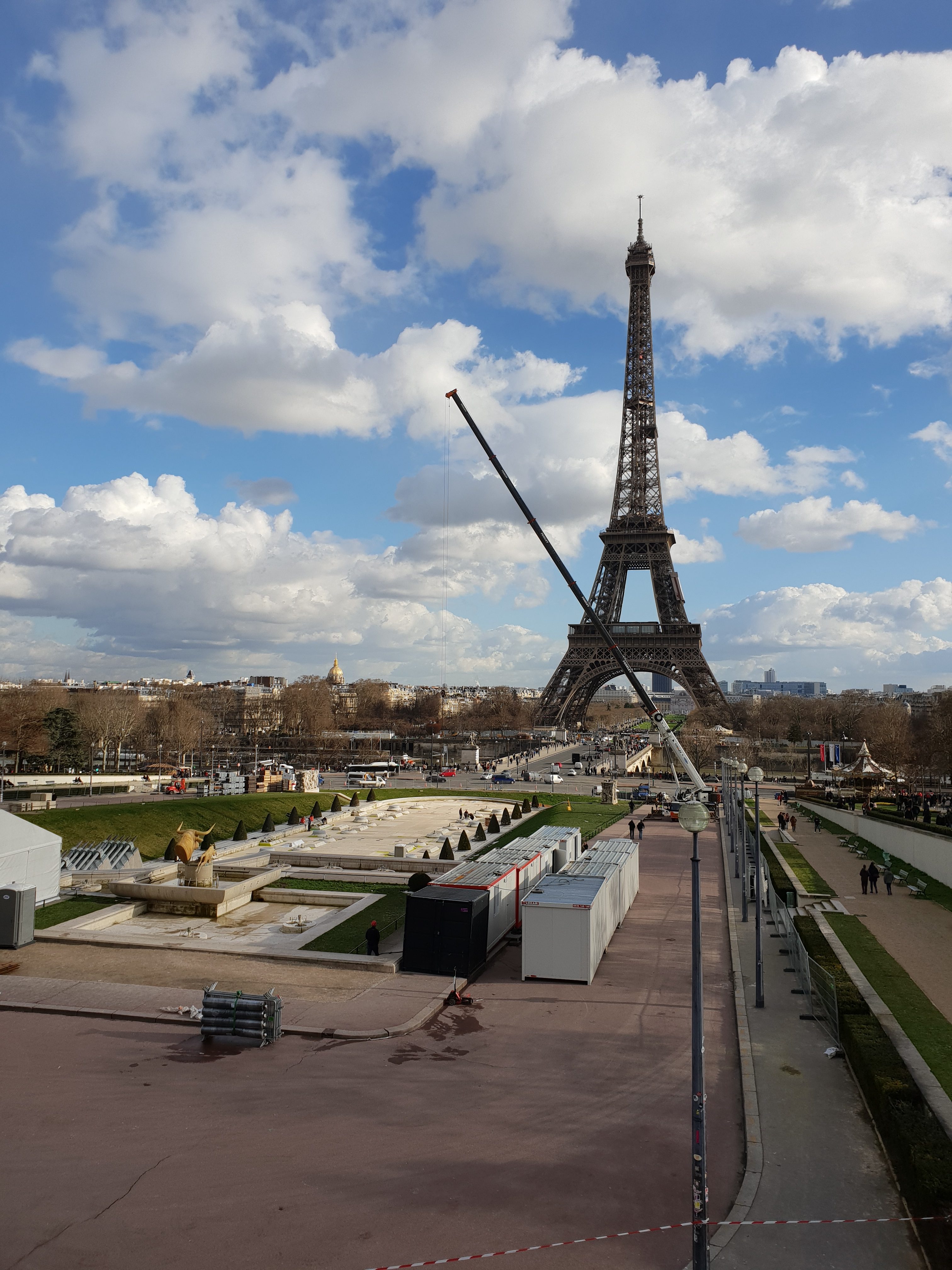


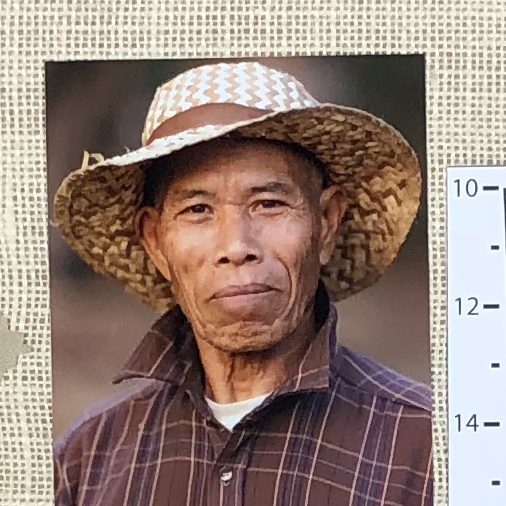


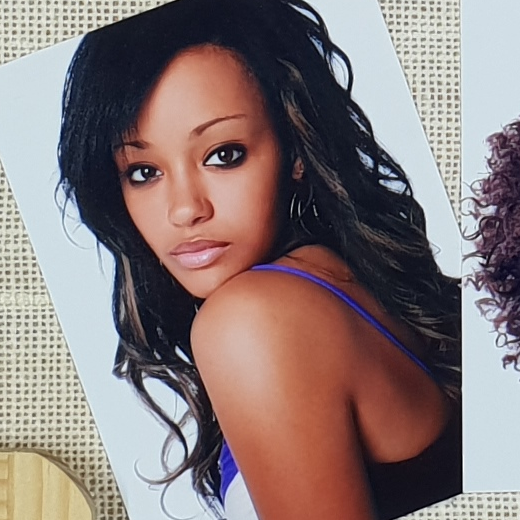

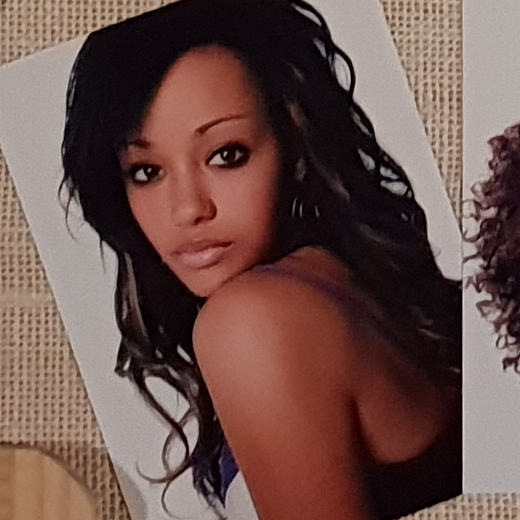

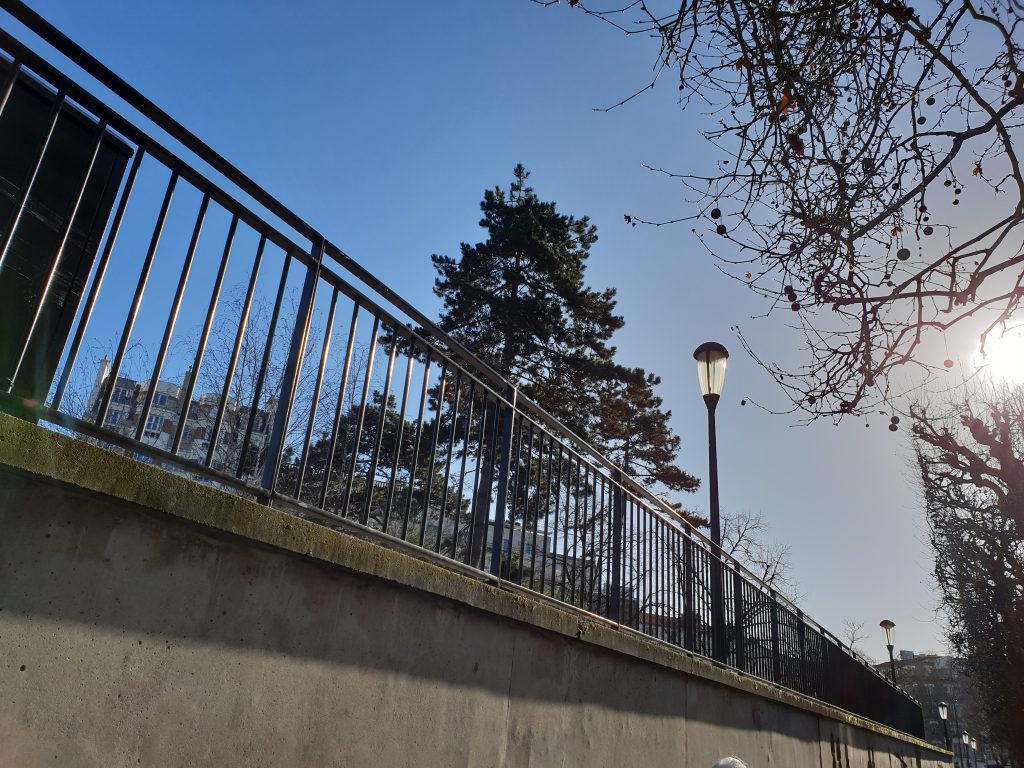
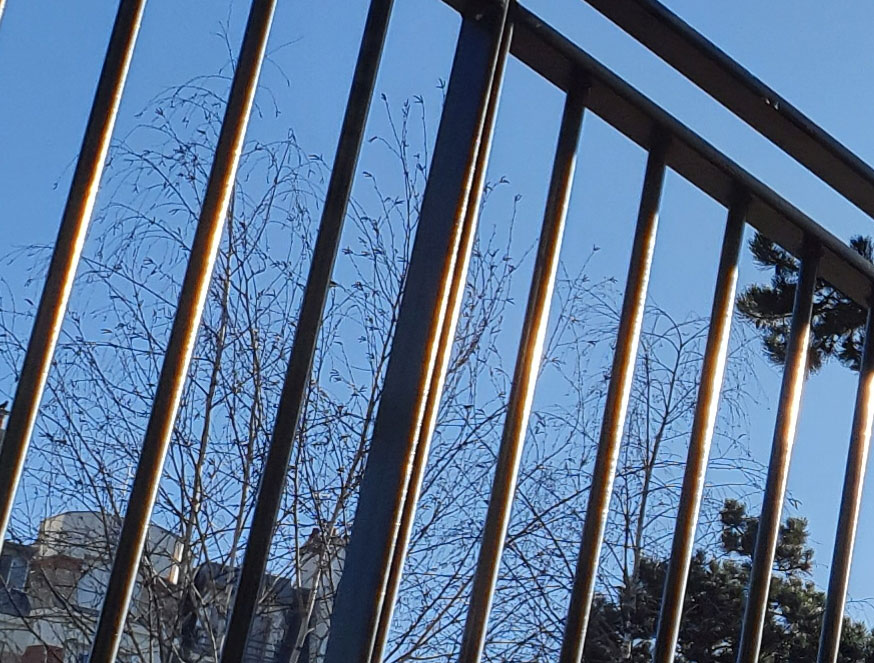


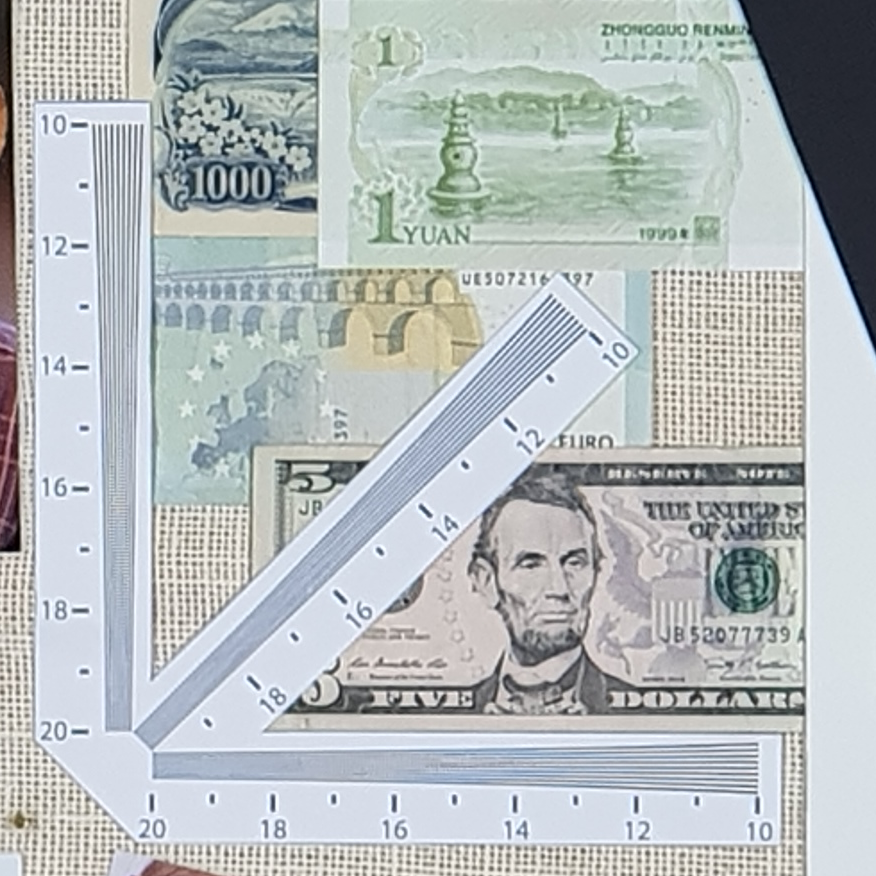
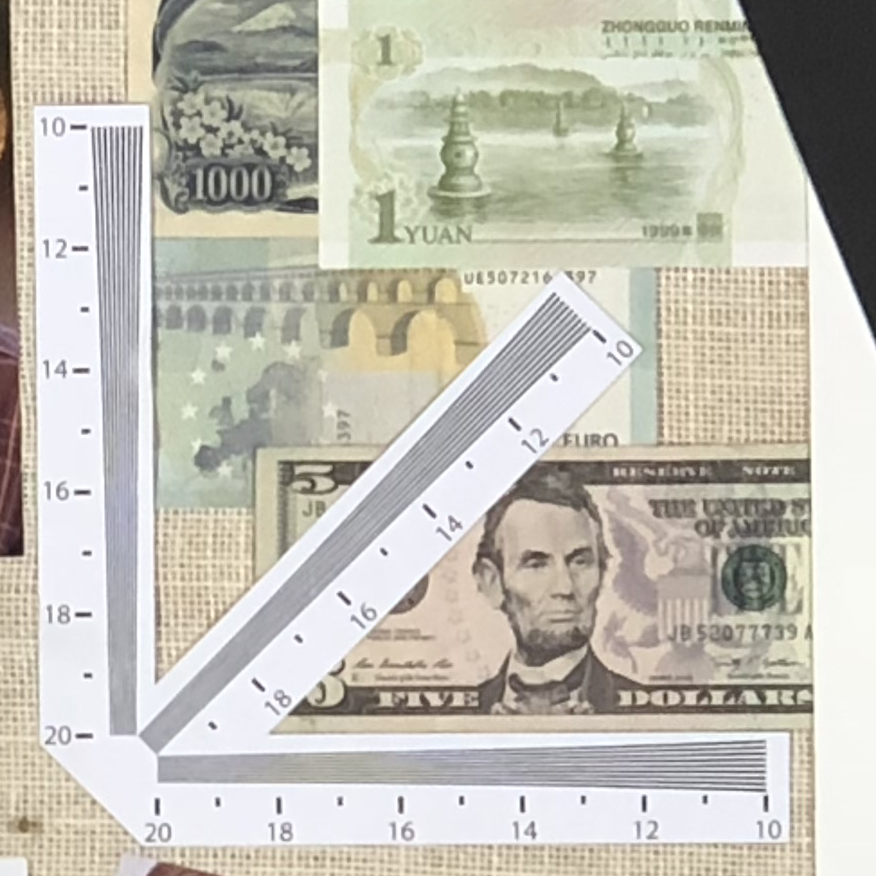


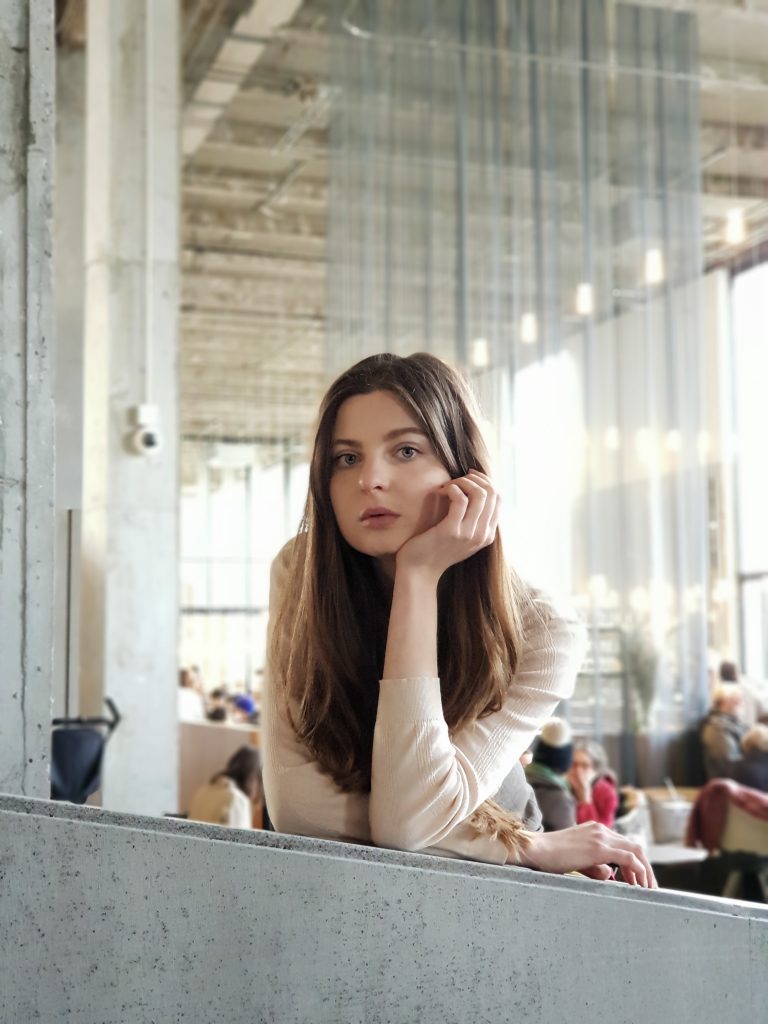







DXOMARK encourages its readers to share comments on the articles. To read or post comments, Disqus cookies are required. Change your Cookies Preferences and read more about our Comment Policy.